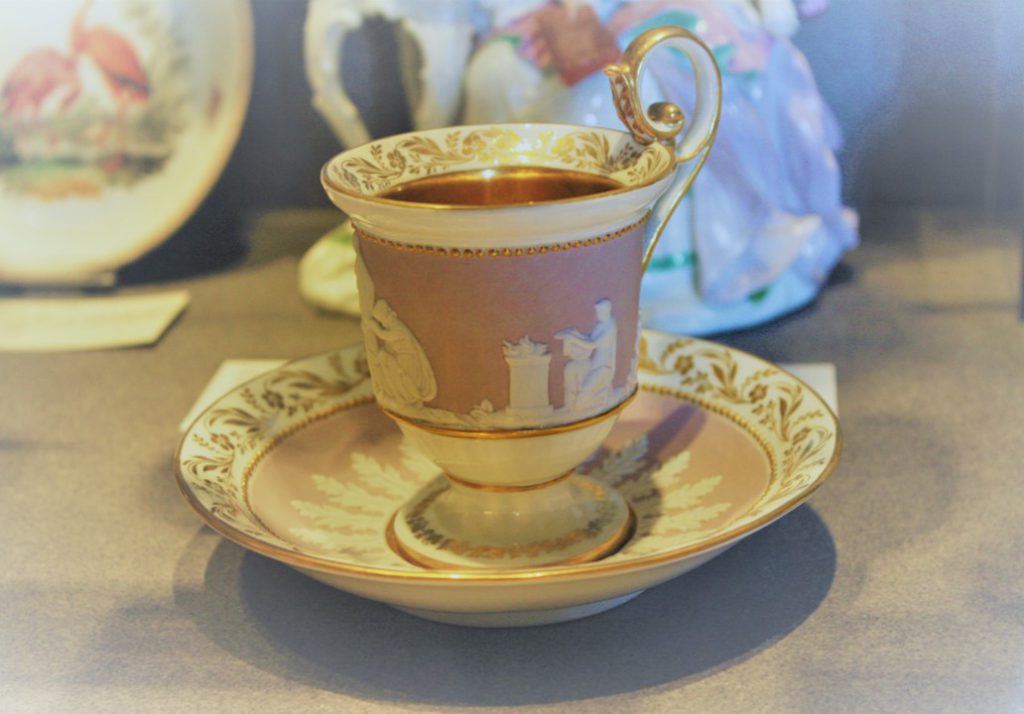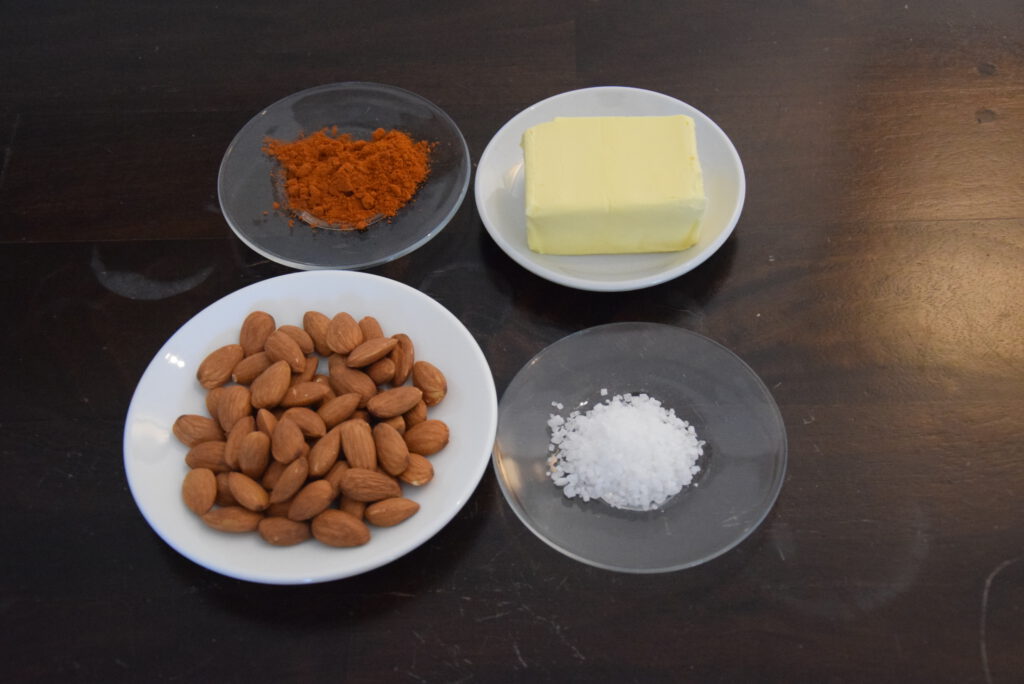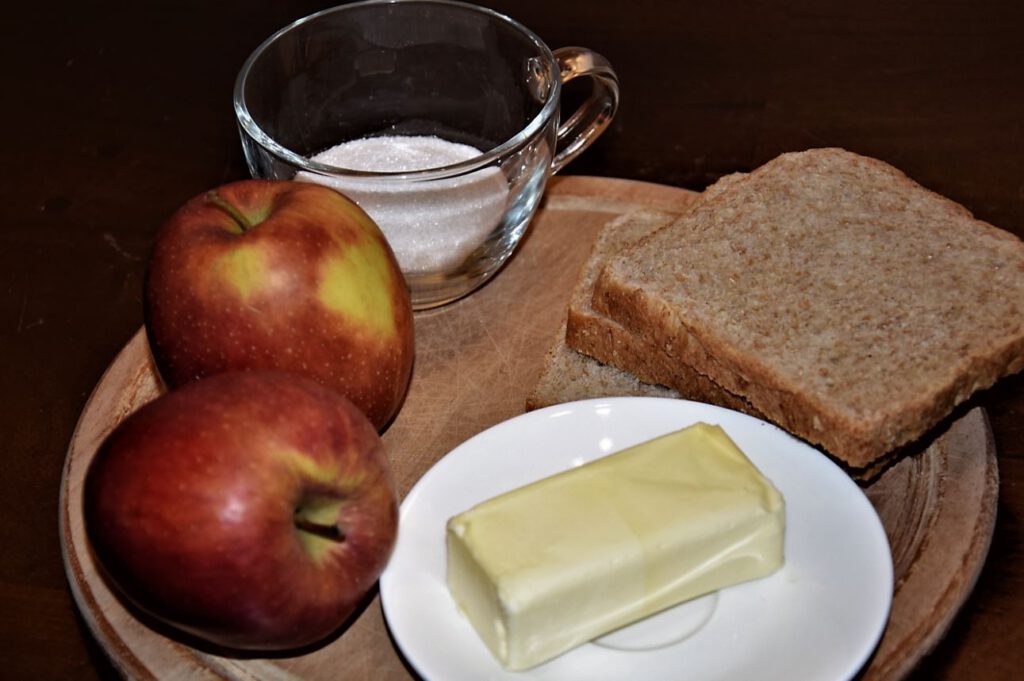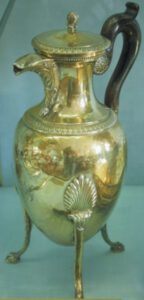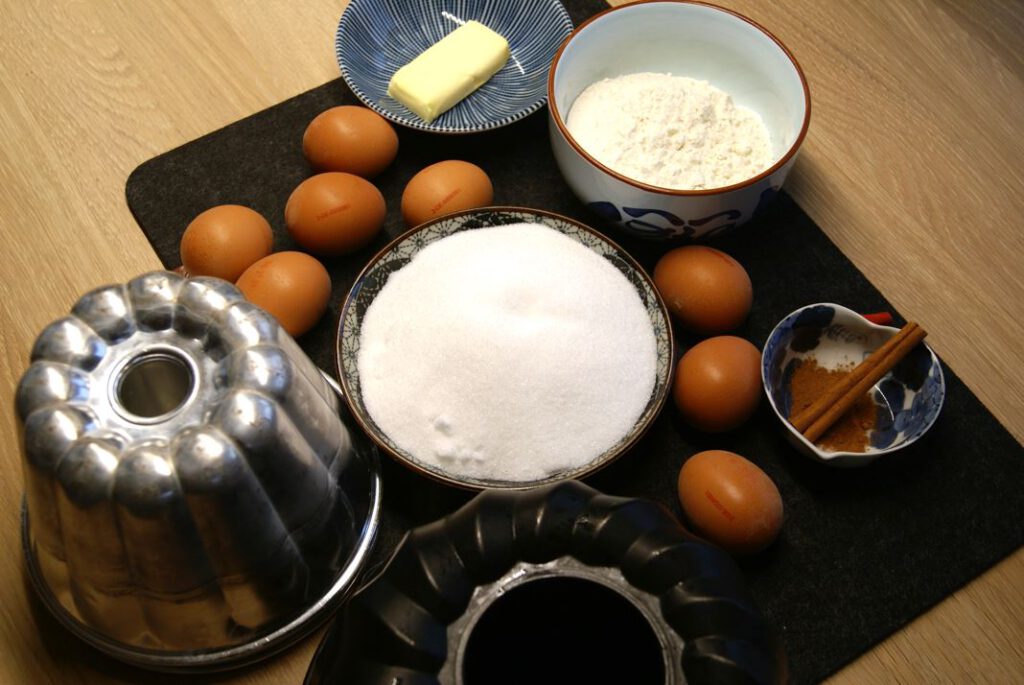
Imagine you are a chef in a genteel household around 1815. Your master and mistress enjoy eating cake, and they also like to boast of the quality of ‘their kitchen’ to the guest of their dinners and assemblies. So, they constantly urge you to stay abreast of the latest trends in baking. Cakes at Royal Parties, they hear, are of a fluffy texture and delicious sweetness.
They give you free rein to achieve similar results, whatever the cost and changes to the kitchen may be. Check out five innovations that help you to succeed in this task. But be aware: baking powder is not yet available!

